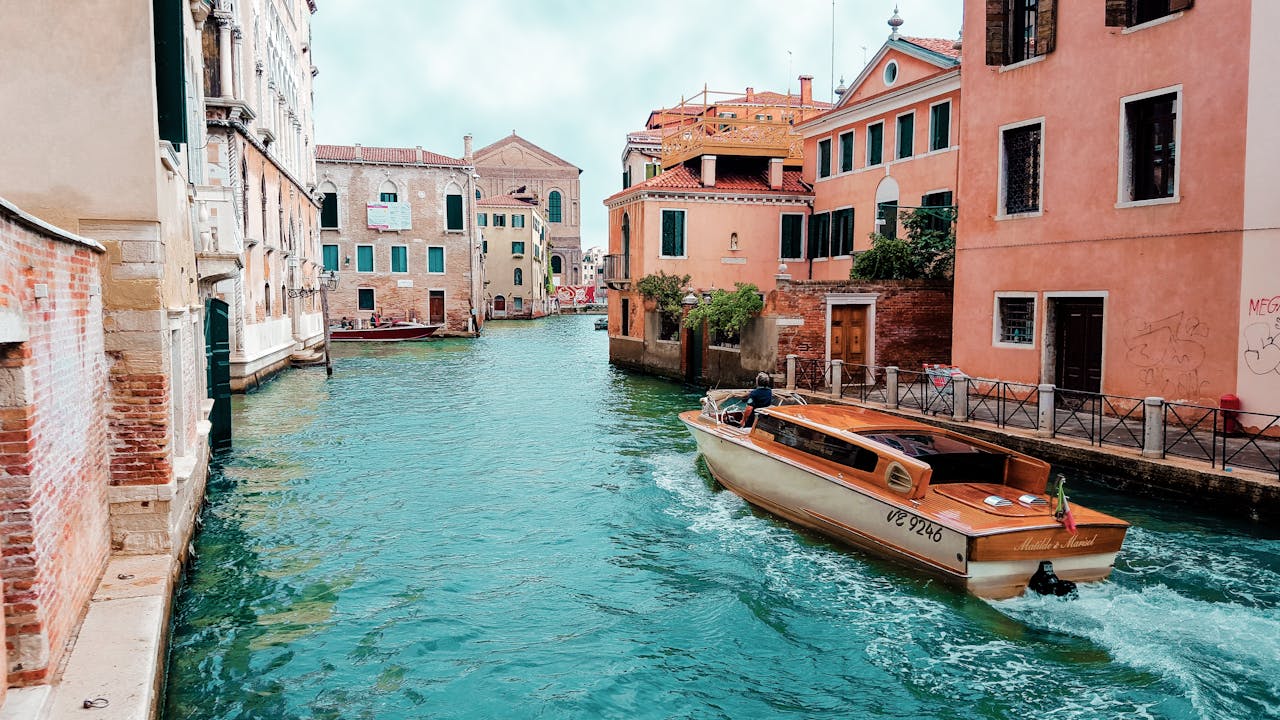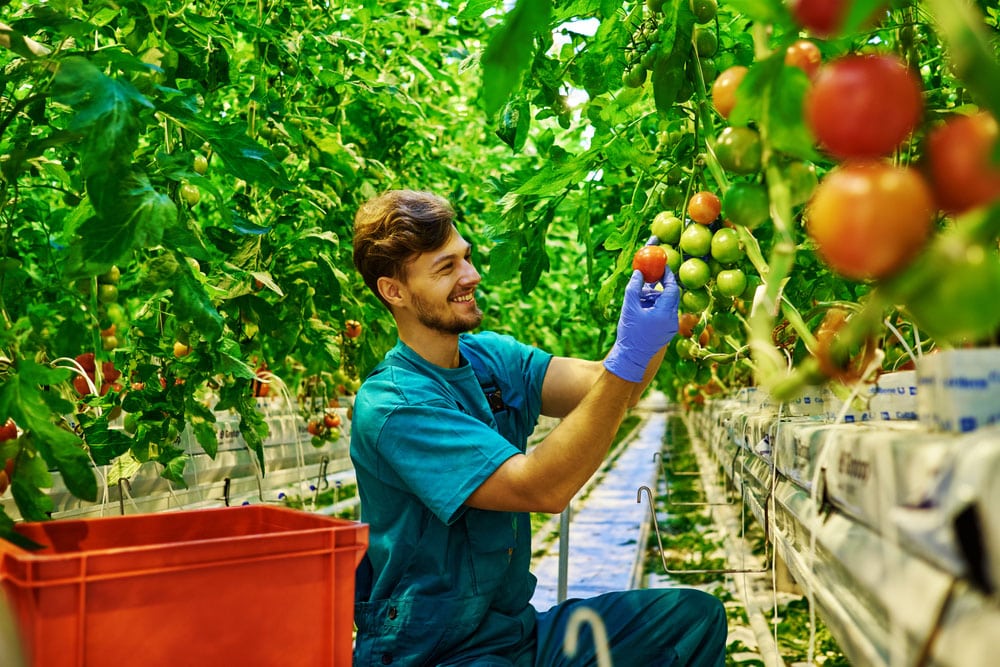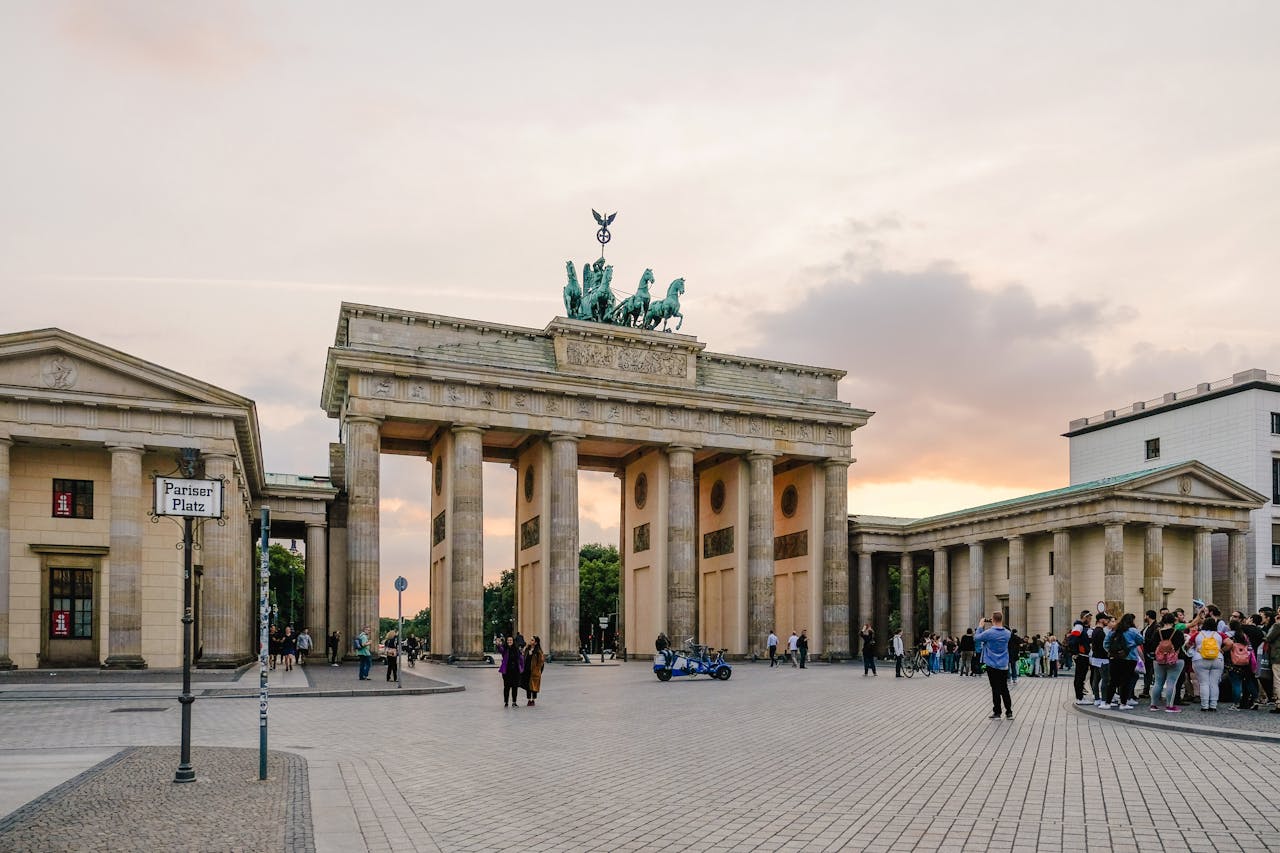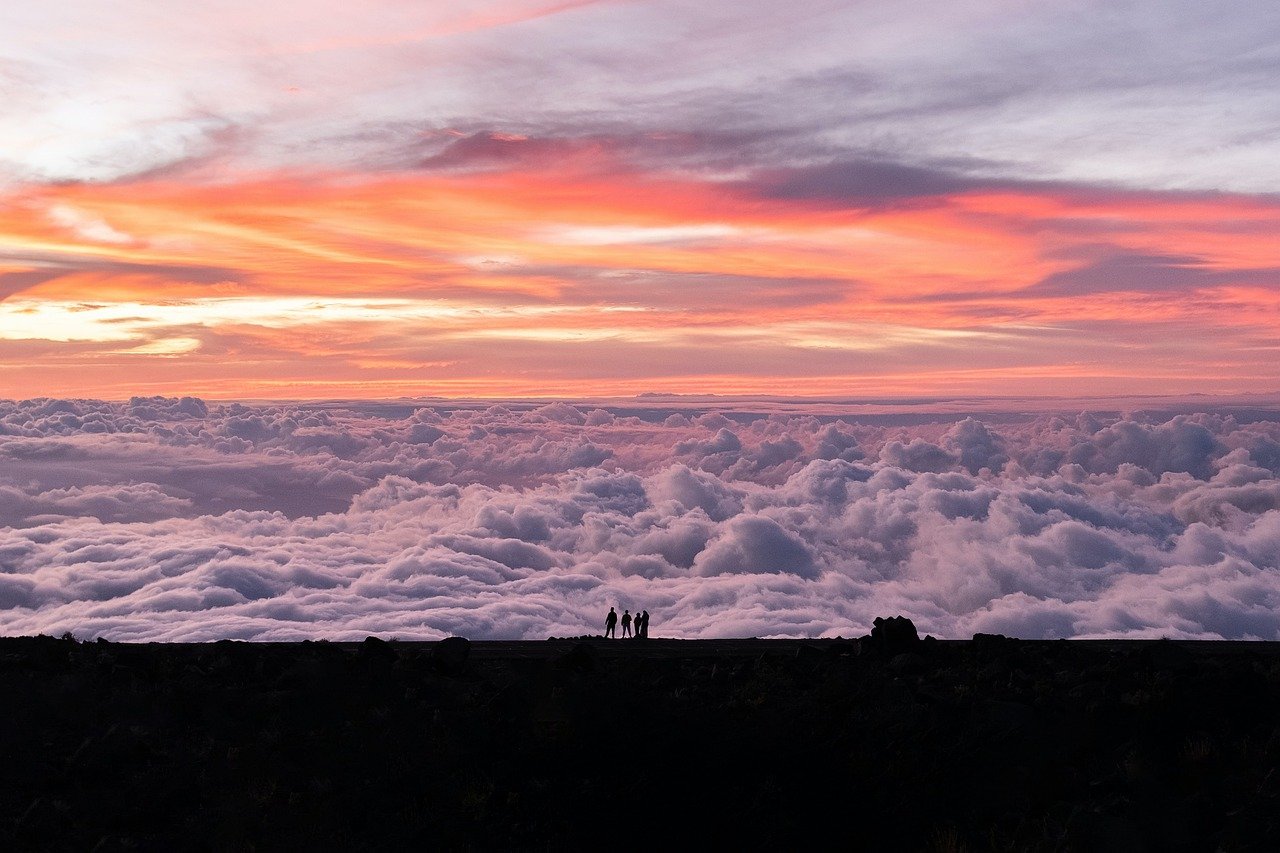
Reducing Italy to 12 cities is not easy. There are hundreds of them, and each is as distinctive as it is mesmerizing, embodying its own unique sense of place through its territory, history, architecture, culture, surroundings, cuisine and wine. This list of the best cities in Italy combines classics and underrated gems. It should not be considered exhaustive; it’s more of a starting point for the uninitiated and a useful guide for anyone looking to expand their Italian horizons.
Bologna, Emilia-Romagna

It’s not for nothing that Bologna is nicknamed “red, fat and learned.” Medieval red brick architecture, the soaring Due Torri (two towers), 60 kilometers of 13th-century porticoes, the world’s oldest university and vast plazas – Emilia-Romagna’s capital doesn’t need to do much else to impress you – but it delivers. Admire stunning views of the city from the 87-metre clock tower in Piazza Maggiore, then visit the medieval Quadrilatero market, located in the side streets of the square. The Pinacoteca Nazionale’s collection includes works by Raphael, Giotto and Titian, and the Mambo Museum of Modern Art has a wing dedicated to the 20th-century Bolognese artist Giorgio Morandi. Italy’s Motor Valley stretches from Bologna to Modena, so avid motorists can head to the Ducati and Lamborghini museums. The local cuisine is a strong contender for the best in Italy: enjoy classics at old-timers Diana and Trattoria Serghei, modern dishes at Ahimè and Oltre, or dishes combining both at CasaMerlò.
Genoa, Liguria

Genoa is a city that everyone seems to know about, but in reality no one knows. It’s true – at first glance, the Ligurian capital’s Mediterranean seafront is not as postcard-perfect as typical candy-hued coastal villages such as Portofino, Cinque Terre and Camogli. But what Genoa lacks in visual appeal, it more than makes up for in content. The laundry hangs over the run-down medieval district of Carruggi, a dense, winding maze of narrow, stone-paved viccoli filled with cafes, restaurants and shops. Its quintessential Italian charm sits alongside majestic landmarks from the city’s maritime trading heyday, such as the opulent 17th-century Royal Palace Museum and the UNESCO World Heritage-listed Palazzi di Rolli, the only street of 42 noble palaces built between the 16th and 18th centuries . Beach lovers can head to Boccadasse, a colorful town on the outskirts of Genoa. As for food, focaccia from Teobaldo and Al Forno di Albaro is always a good idea, while La Forchetta Curiousa and Trattoria dell’Acciughetta serve up delicious local dishes.
Naples, Campania

Once you get a feel for the infectious and beautiful chaos of Naples, you’ll be hooked: the bustling traffic, grandiose architectural heritage, vibrant historic center, exciting culture and unsophisticated warmth of its people. Must-sees include Caravaggio’s whimsical Seven Acts of Mercy in the church of Pio Monte della Misericordia, Giuseppe Sanmartino’s ethereal Hidden Christ in Giuseppe’s Sansevero Chapel, and the expansive Archaeological Museum. The profile of contemporary art in Naples is steadily growing. In recent years, Gallerie d’Italia has opened with a dedicated wing, and an outpost of London’s Thomas Dane gallery has also emerged, both joining the ranks of decades-old mainstays Pan and Madre. Mount Vesuvius rises sharply above the bay. Climb to its crater or take part in a tasting of Lacryma Christi (Tears of Christ), a wine made from grapes grown on its slopes. The archaeological sites of Pompeii and Herculaneum are south of the city, but if you want to explore further on foot, take a ferry to Capri, Ischia or Procida. When you’re in town, be sure to try a Neapolitan pie at (at least) one of these pizzerias: Concettina ai Tre Santi, something from Gino Sorbillo, 50 Kalò, Diego Vitagliano and La Notizia. If you want more, in Caserta, just an hour away by car, you can find two of the best pizzerias in the world: I Masanielli and Pepe in Grani. The Locanda Gesù Vecchio Vesuvius restaurant serves excellent traditional Neapolitan cuisine in the city.
Milan, Lombardy

Italy’s most international city is perhaps its most misunderstood. Milan doesn’t fit the standard “Italian mold” but is just as attractive as its flashier peers. The Duomo, Galleria Victoria Emanuele II, La Scala, Brera, Pinacoteca Ambrosiana and Leonardo da Vinci’s Last Supper are all must-sees, but there’s more to see in the Lombardy capital. Soak up the local energy by strolling through Porta Venezia, an area full of boutiques, restaurants, cafés, bars, galleries and art nouveau facades, or Isola, a revitalized working-class area that is a favorite spot for hipsters and threesomes alike. Fashion meets art at Fondazione Prada, Armani Silos and Palazzo Morando, whose permanent collection includes Milanese suits, clothing and accessories from the 17th to 21st centuries, while design lovers will appreciate Villa Necchi Campiglio and the Triennale di Milano Museum. An aperitif at Bar Basso is a must, as is a drink at one of the innovative mixology hubs that have rocked the local cocktail scene, such as Rita, Carico, Tripstillery, Unseen Bar and Drinc.
Ravenna, Emilia-Romagna

The sublime UNESCO-protected Byzantine mosaics adorning the walls and ceilings of Ravenna’s eight churches and baptisteries should be on everyone’s bucket list, but the city strangely remains a secret. Having spent just a few hours in this former Roman-Byzantine capital, it is easy to understand why Dante Alighieri rushed there when he was exiled from his native Florence. It is no longer the 14th century, but the attractiveness of this city on the Adriatic remains. The sea breeze gently sweeps through the city center, a pastel pedestrian area that is at once calm, lively and even a little romantic, although not so cloying. Stop by the refurbished indoor market and watch the sfoglins, or pasta makers, handcrafting typical shapes such as cappelletti, tagliatelle, strictapreti and maltagliati. Browse the stalls and then head to Ca’ de Ven to sample local Sangiovese and Albana wines, as well as Romagnola specialties. If you want to pay homage to the father of the Italian language, Dante’s tomb is less than a minute away.
Rome, Lazio

Rome never gets old, but a moment comes. A walk along the classic route, which covers the historical center, the Colosseum, the Forum, the Vatican, the Galleria Borghese, Trastevere and the recently discovered ruins of Largo di Torre Argentina, will not leave you indifferent. However, the crowds can overwhelm the Italian capital’s newfangled energy. Step outside the Aurelian walls to the San Lorenzo quarter, an open-air museum of street frescoes, to soak it up. New and established galleries such as Materia, Monitor and MLA have brought San Lorenzo’s contemporary art scene into the spotlight—Soho House even chose the area for its first outpost in Italy. This is Rome, after all, so you can temper all the modernity with a dose of nostalgia for old-school San Lorenzo establishments like Tram Tram osteria and Bar Merani. For a change of scenery, the ornate Art Nouveau buildings of the Coppede quarter are adorned with Gaudí-style decorations. When it comes to food, Al Moro, Armando al Pantheon and Da Cesare always serve stellar Roman dishes.
Turin, Piedmont

It’s no wonder that Turin is compared to Paris thanks to its majestic Baroque and Art Nouveau architecture and elegant squares. The splendor of the past, when it was the seat of the House of Savoy, lives on in the UNESCO-protected Royal Palace and the loggia that frames Piazza Castello. The panoramic terrace of the Mole Antonelliana, a landmark with an unusual square-shaped spired dome, is a must for magnificent views of the city’s ocher rooftops stretching to the foot of the snow-capped Alps. The Museo Egizio houses one of the world’s largest collections of Egyptian artifacts, and the Museo Casa Mollino is the former home of 20th-century architect and designer Carlo Mollino. The Pinacoteca Agnelli, located on the site of a former Fiat factory, displays the automotive family’s art collection, which includes works by Renoir, Matisse and Picasso, as well as the Pista 500, Fiat’s historic rooftop test track converted into a garden. The capital of Piedmont is also a city of coffee and chocolate, two guilty pleasures that meet in Bicerin, a hot drink born in the café of the same name. Turin, located just 50 kilometers from Alba, is the ideal starting point for wine pilgrims and truffle hunters heading to Le Lange.
Tropea, Calabria

Nothing prepares you for seeing Tropea for the first time. The jewel of the Tyrrhenian Sea is located on one of Italy’s most stunning, yet little-known, stretches of coastline: the Coast of the Gods in Calabria. Weathered medieval facades rise above sandstone cliffs that cascade down to white sand lapped by clear turquoise water. In Tropea’s labyrinthine, narrow streets, garlands of hot chilli peppers hang next to batches of sweet, oval-shaped red Tropea onions—try them in ice cream form at Gelateria Tonini. The Norman cathedral is home to local treasures, including a 13th-century painting of the Madonna of Romania, the city’s patroness, and a rare 15th-century ebony crucifix. If you’re up for a challenge, climb the 33-meter stone steps to the headland of Santa Maria del Isola that graces the beach. For a change of scenery, explore the vineyards, creameries, dairies and farms of the pristine hinterland, or take a boat to Sicily’s Aeolian Islands.
Florence, Tuscany

There is no doubt that Florence lives up to its nickname: the cradle of the Renaissance. The Tuscan capital’s densely pedestrianized historic centre, a UNESCO World Heritage site, has plenty to keep you busy throughout the day: the Duomo, Uffizi Galleries, Piazza della Signoria, Medici chapels and the Church of Santa Croce. Michelangelo’s David broods confidently in the Accademia, while a lesser-known bronze version of the Old Testament hero Donatello stands with one foot on the severed head of Goliath in the Ormero Museum. While dozens of shoe stores don’t hold back the whims of shoe lovers, the Salvatore Ferragamo Museum celebrates the work of its pioneering namesake. Cross the Ponte Vecchio to reach the Oltrarno, literally “beyond the Arno”, where Palazzo Pitti, the Boboli Gardens and Piazzale Michelangelo are located. Among the artisan boutiques and shops of the lively Santo Spirito quarter, visit the leather store Quoio and Giulio Giannino e Figlio, one of the oldest stationery stores in the city. Visible from almost anywhere in the city, the surrounding hills, topped with cypress trees, tease the rolling Tuscan landscape that extends beyond the city limits.
Venice, Veneto

There is no place like Venice. The compact floating city presents one unforgettable moving image after another: gondolas gliding along smooth, dark green canals, water gently washing over the majestic Venetian Gothic facades in shades of pink and orange, bustling traders from the Rialto fish market selling the best products of the lagoon and crossing bridges. as you drift from one winding calla lily to another. St. Mark’s Basilica, the Doge’s Palace and the Accademia Gallery are all worth a visit, as are the galleries that have made Venice a mecca for modern art, such as the Peggy Guggenheim Collection, the Pinault Collection and an outpost of Milan’s Prada Foundation. If the crowds become overwhelming, sail to one of the outer islands. There is a chance that Murano, world famous for its glass-blowing industry, will be as congested as the central transport hub. Burano may not be as inconspicuous as it once was, but the jumble of rainbow houses and risotto di go made with goby fish are worth the 40-minute vaporetto ride. If you’re in this neck of the lagoon, head to Torcello to see the exquisite Byzantine mosaics at the Basilica of Santa Maria Assunta. Back in the central islands, start your evening with a Venetian-style aperitif: pair cicchetti with ombré (shade) wine at one of your favorite bacari, such as Cantinone già Schiavi or All’Arco.




